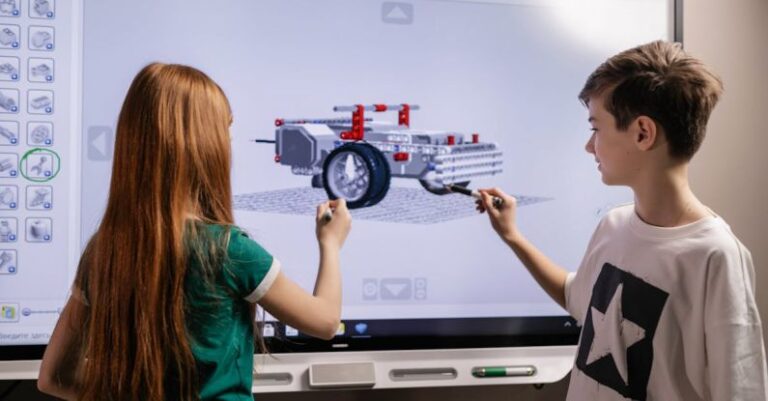
As robotics continue to evolve and play an increasingly significant role in various industries, the need for efficient and reliable energy storage solutions becomes paramount. The advancements in energy storage technologies have the potential to revolutionize the capabilities and applications of robots in fields ranging from manufacturing to healthcare. In this article, we delve into how energy storage advancements are set to impact robotics in the coming years.
The Current Landscape of Robotics and Energy Storage
Robots are becoming more sophisticated and versatile, with applications in fields such as autonomous vehicles, warehouse automation, and surgical robotics. However, one of the key limitations that have hindered the widespread adoption of robots is the issue of energy storage. Traditional battery technologies have constraints in terms of energy density, weight, and charging times, which can limit the performance and operational efficiency of robots.
Enhanced Mobility and Flexibility
One of the primary ways in which energy storage advancements will impact robotics is by enhancing their mobility and flexibility. With more efficient and lightweight energy storage solutions, robots can operate for longer durations without the need for frequent recharging. This extended operational time opens up new possibilities for robots to undertake complex tasks in dynamic environments, such as search and rescue missions, exploration, and surveillance.
Improved Performance and Efficiency
Energy storage advancements can also lead to robots with improved performance and efficiency. By utilizing advanced energy storage technologies, robots can deliver higher power outputs, enabling them to carry out tasks more quickly and effectively. This enhanced performance can have significant implications for industrial robots, where speed and precision are crucial for optimizing production processes.
Enhanced Safety and Reliability
Reliability and safety are critical factors in the deployment of robots, especially in applications where human-robot interaction is prevalent. Energy storage advancements can contribute to enhancing the safety and reliability of robots by providing stable power sources that reduce the risk of malfunctions or unexpected shutdowns. This increased reliability is particularly vital in fields like healthcare, where robots are used for surgical procedures or patient care.
Integration with Renewable Energy Sources
The integration of robots with renewable energy sources, such as solar panels or wind turbines, is another area where energy storage advancements can make a significant impact. By leveraging advanced energy storage technologies, robots can store excess energy generated from renewable sources and use it when needed, reducing their reliance on traditional power grids. This integration not only makes robots more sustainable but also contributes to the overall shift towards cleaner energy solutions.
Cost-Effectiveness and Longevity
Energy storage advancements have the potential to make robots more cost-effective in the long run. By utilizing energy storage solutions that have longer lifespans and require less maintenance, the overall operational costs of robots can be reduced. Additionally, the increased longevity of energy storage systems means that robots can operate efficiently for extended periods, providing a higher return on investment for businesses and organizations utilizing robotic technologies.
The Future Outlook
The future of robotics is closely intertwined with the advancements in energy storage technologies. As researchers and engineers continue to innovate in this field, we can expect to see robots that are not only more capable and efficient but also more sustainable and reliable. The integration of advanced energy storage solutions will unlock new possibilities for robotics across various industries, paving the way for a future where robots play an even more significant role in shaping our world.
In summary, energy storage advancements have the potential to transform the capabilities and applications of robots, making them more mobile, efficient, and reliable. By harnessing the power of advanced energy storage technologies, the future of robotics looks promising, with robots poised to revolutionize industries and enhance our daily lives in ways we never thought possible.





